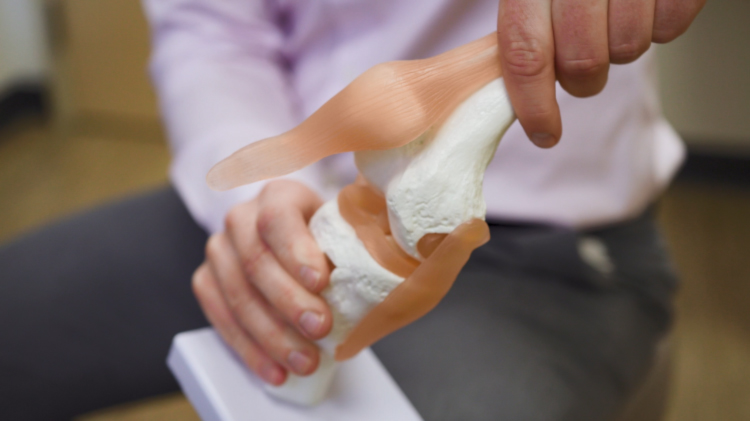Carpal Tunnel Syndrome & Surgery
Carpal tunnel syndrome is a common condition that occurs when the median nerve — which runs from your forearm into the palm of your hand — becomes compressed at the wrist. This compression can cause numbness, tingling, weakness, or pain in the hand and fingers, particularly the thumb, index, and middle fingers.
What causes Carpal Tunnel Syndrome?
Carpal tunnel syndrome can develop from a combination of factors that increase pressure on the median nerve. These may include repetitive hand movements, wrist injuries, arthritis, or underlying health conditions like diabetes or thyroid disorders.
When to see a Specialist
If symptoms are persistent or worsening — especially if they interfere with daily activities, sleep, or hand function — it may be time to consult an orthopedic or neurological specialist. Early diagnosis and treatment can prevent long-term nerve damage.
Treatment options
Most cases begin with non-surgical treatments such as wrist splinting, anti-inflammatory medications, corticosteroid injections, or activity modification. However, when these options don’t bring relief, surgery may be recommended.
Carpal Tunnel Release Surgery
Carpal tunnel release is a surgical procedure that relieves pressure on the median nerve by cutting the ligament that forms the roof of the carpal tunnel. This creates more space in the tunnel and reduces nerve compression. It’s typically performed on an outpatient basis, often using minimally invasive techniques, and many patients experience significant symptom relief within weeks.
At St. Charles, our experienced orthopedic and neurosurgery teams provide individualized care, using advanced techniques to support optimal recovery and long-term hand function.










